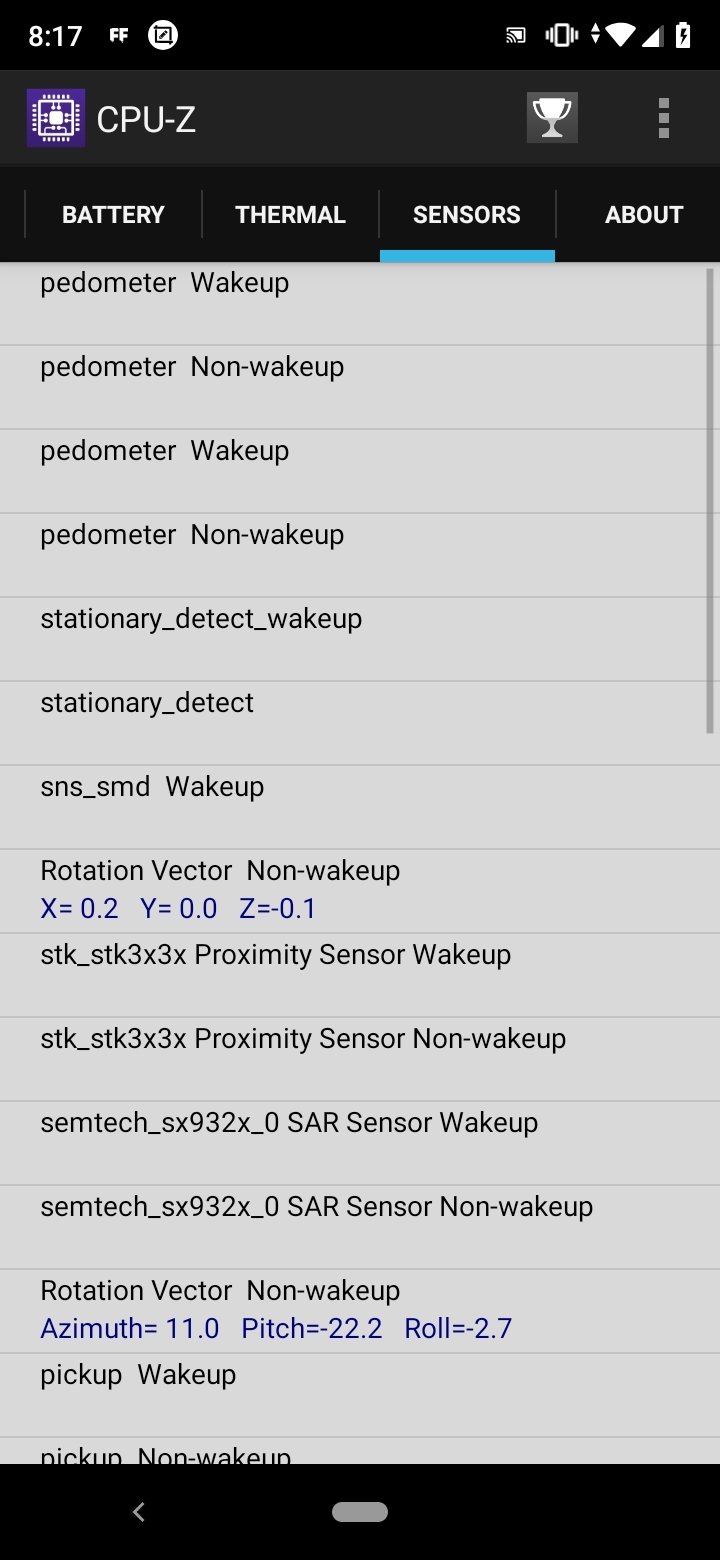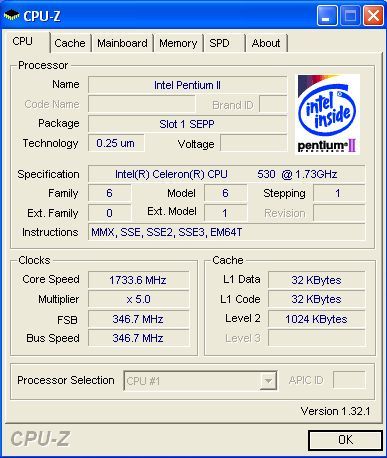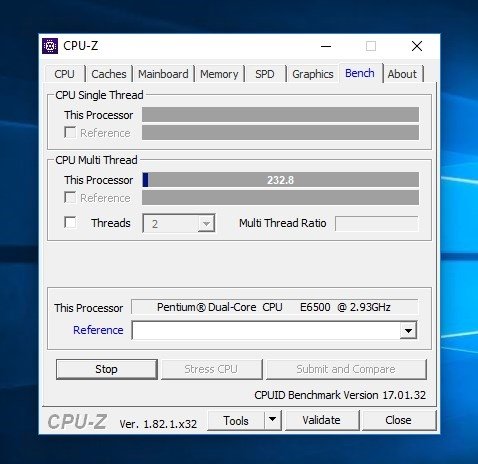
The motherboard will show the manufacturer, model and revision number, BIOS model and date, chipset information, sensor readings, etc. It is possible to view the name and number of the processor, the core frequency and the process by which it was manufactured, the core voltage, information about the cache and the supported set of instructions, the frequency multiplier, and so on. Of course, its most important function, for which the CPU-Z has gained its fame, is to view information about the processor. It’s also available in free or pro versions.The well-known CPU-Z utility is able to show detailed information about several important components of your computer, such as CPU, RAM, motherboard, graphics adapter, and so on. Unlike some of its peers, Speccy the monitor's temperature. It also features proactive monitoring and problem-solving. Are there alternatives to CPU-Z?Īn alternative is Speccy, which appeals to the casual computer user as well as the PC enthusiast because it can display data in ‘quick’ or detailed views. Second, you get access to a whole community of CPU-Z users, which is an excellent source for sharing experiences and solving potential problems. First, you get to compare your PC’s performance against other computers around the world with the same specifications. There are two great reasons for using the validation feature of the program. There’s no premium version, and there are no ads or features that are restricted. Yes, it’s 100% free, with no time limits. As with any other software, downloading from third-party websites has its own risks.


It’s not available from the Microsoft Store, so it’s best to download it directly from the developer’s website.

CPU-Z is currently available in 32-bit and 64-bit versions for Windows. It’s most relevant to computer enthusiasts who have an in-depth knowledge of the subject and are looking to maximize their PC’s performance. Although its name suggests that it only relates to CPUs, the app monitors all components of your PC, including the motherboard chipset, RAM, and processor cores.


 0 kommentar(er)
0 kommentar(er)
